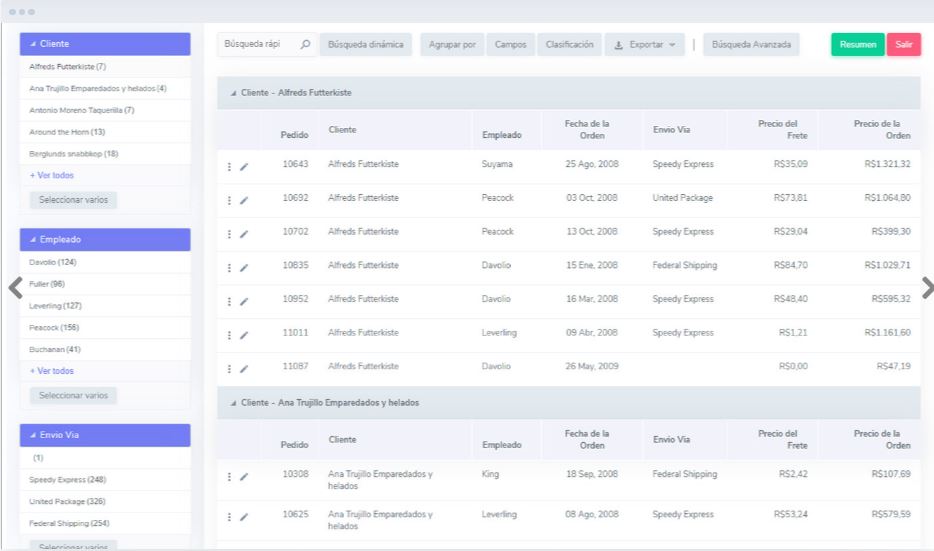
When these characters need to be used literally in a query parameter value, they are usually percent-encoded. Reserved Characters in Query Parameters RFC 3986 defines a set of reserved characters that are used as URI component delimiters.
pipeDelimited (same as collectionFormat: pipes in OpenAPI 2.0) – /products?color=blue|green|red. spaceDelimited (same as collectionFormat: ssv in OpenAPI 2.0) – /products?color=blue%20green%20red. form – /products?color=blue,green,red or /products?color=blue&color=green, depending on the explode keyword. OpenAPI 3.0 provides several ways to serialize objects and arrays in the query string. Query parameters can be primitive values, arrays and objects. Note: To describe API keys passed as query parameters, use securitySchemes and security instead. Use in: query to denote query parameters:ĭescription: The number of items to skip before starting to collect the result setĭescription: The numbers of items to return Query parameters can be required and optional. They appear at the end of the request URL after a question mark ( ?), with different name=value pairs separated by ampersands ( &). Query parameters are the most common type of parameters. To learn more, see Parameter Serialization. The serialization method is specified by the style and explode keywords. simple-style – comma-delimited, such as /users/12,34,56. label expansion – dot-prefixed, such as /color.R=100.G=200.B=150. path-style expansion (matrix) – semicolon-prefixed, such as /map/point x=50 y=20. Path parameters containing arrays and objects can be serialized in different ways: Name: id # Note the name is the same as in the path A URL can have several path parameters, each denoted with curly braces endpoint would be described as: They are typically used to point to a specific resource within a collection, such as a user identified by ID. Path parameters are variable parts of a URL path. cookie parameters, which are passed in the Cookie header, such as Cookie: debug=0 csrftoken=BUSe35dohU3O1MZvDCU. header parameters, such as X-MyHeader: Value. query parameters, such as /users?role=admin. The location is determined by the parameter’s in key, for example, in: query or in: path. OpenAPI 3.0 distinguishes between the following parameter types based on the parameter location. Note that parameters is an array, so, in YAML, each parameter definition must be listed with a dash ( -) in front of it. 
Here is an example:ĭescription: Numeric ID of the user to get To describe a parameter, you specify its name, location ( in), data type (defined by either schema or content) and other attributes, such as description or required.

In OpenAPI 3.0, parameters are defined in the parameters section of an operation or path. If you use OpenAPI 2.0, see our OpenAPI 2.0 guide.

$string_link = sc_make_link ( grid_images, ref_object_type= 'contact' ref_object_id= of your’re not using the multilingual feature of Scriptcase.OAS 3 This page is about OpenAPI 3.0. Sc_make_link ( Application, Parameters ) One of the easiest ways is to use the Scriptcase macro: Create a link for the action (if you click on the button) It’s easy to create a button on the top or bottom of a Scriptcase form or Grid application (as element of the toolbar).īut sometime you might need buttoms directly near certain elements within the form (or within the line of a grid). Show a Scriptcase Button within a Form or Grid







 0 kommentar(er)
0 kommentar(er)
